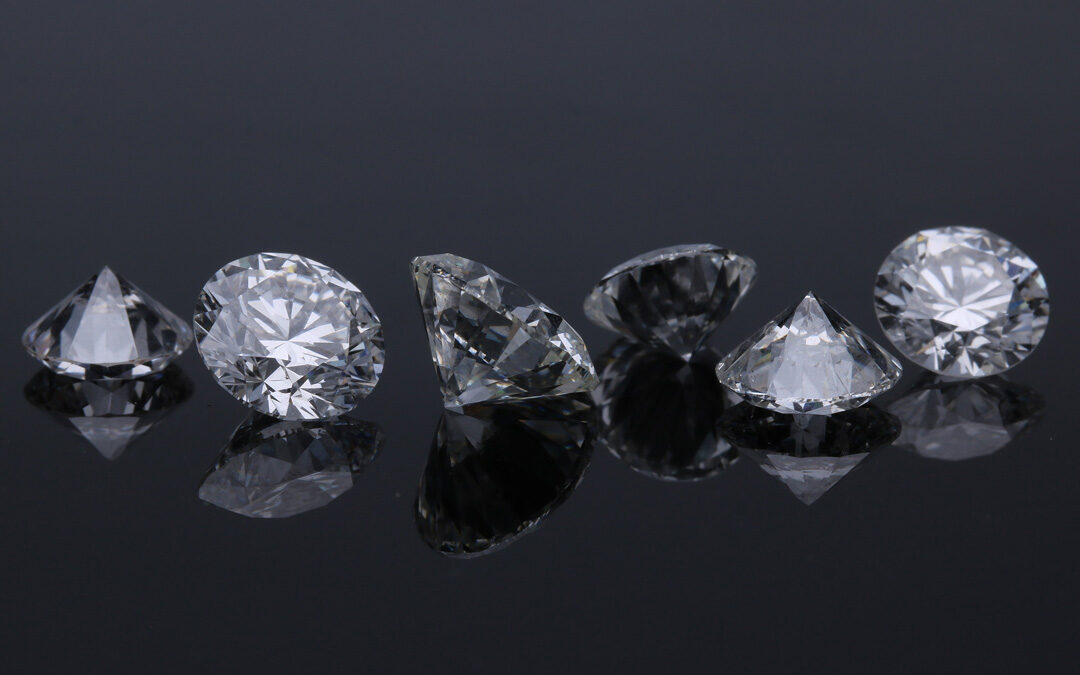Are you shopping for the perfect piece of diamond jewelry? There are many options, not the least of which is the difference between lab-grown diamonds and natural ones. You might also be wondering if lab-grown diamonds are real. What is the difference between man-made and synthetic diamonds? Finally, how can you tell if it’s a lab-grown diamond? All the questions are important to consider, so we’ll look at each more closely.
Can You Tell The Difference?
First things first: it’s hard to tell the difference between lab-grown and natural diamonds. Without the aid of a microscope, it would be almost impossible. That’s because both are real diamonds. One is not more “real” than the other because the same process creates both man-made and natural diamonds. They look identical when inspected by hand and share the same chemical properties. A knowledgeable jeweler can do a few tests to see if the diamond is Type IIa. If the diamond does fall into that category, it’s likely to be a synthetic diamond rather than a real one. Type IIa diamonds are rarely found in naturally grown sources. While this test doesn’t prove precisely whether or not a diamond is lab-grown, it is a solid indicator.
Diamonds vs. Cubic Zirconia
While it’s difficult to tell the difference between natural and lab-grown diamonds, that isn’t the case when dealing with diamonds and cubic zirconia. Cubic zirconia is a type of gemstone also created in a lab. It is manufactured to imitate a diamond at a much lower price, so there is a market for it. However, if you are worried that your diamond jewelry may be cubic zirconia, it’s easier to tell the difference between them. Since CZ stones aren’t diamonds, an expert jeweler will be able to tell them apart quickly.
Radiation Testing For Lab-Grown Diamonds
If your jeweler has done the Type IIa test and you still would like some answers, there are other ways to determine what kind of diamond you have. You can send a diamond to a third-party lab like The Gemological Institute of America (GIA). GIA has specific techniques to address this question. The machines use radiation to examine the processes in the diamond itself. Depending on how the diamond responds, there are specific ways that man-made, synthetic stones react to radiation than their natural counterparts. After these tests, you can tell if it’s a lab-grown diamond.
Can A Lab-Grown Diamond Be Sold As A Natural?
A final question you may have relates to whether lab-grown diamonds can be sold as natural. This can mislead consumers into thinking they have a valuable natural diamond but do not. The good news is that this scenario is unlikely to occur. Since increased interest in synthetic diamonds has increased, the industry has responded by ensuring proper disclosure policies are followed. In general, verifying a diamond’s validity is so rigid that it would be hard to have a lab-grown diamond “pass” for a natural gemstone.
Are you looking for high-quality lab-grown diamonds? Stephen Allen Jewelers has a large collection for you to choose from. Get started today!

